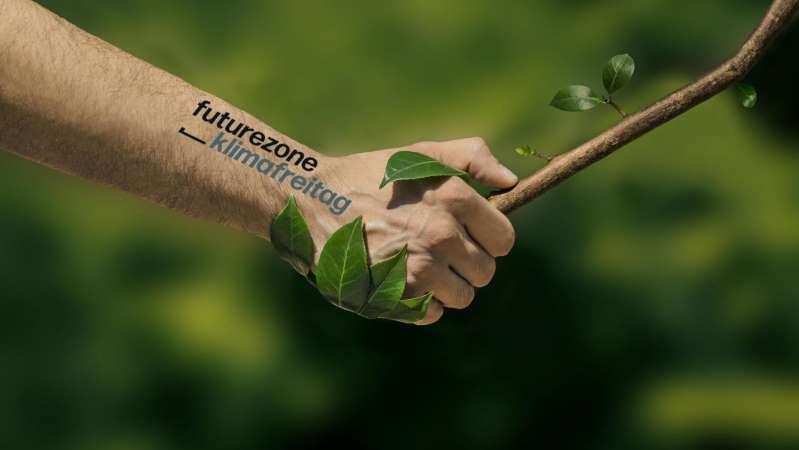A new platform gives an overview of green start-ups and also wants to help companies to reduce CO2.

The proportion of CO2 released into the atmosphere plays a central role in global warming. According to one statistic, most of the emissions come from energy and heat generation, followed by transport. There are many innovative solutions for climate protection. “But so few people know about it,” says Andreas Tschas, who once invented the Pioneers Festival and now wants to make a contribution to climate protection with his start-up Glacier.
Together with the Green Tech Cluster, Glacier created the “Climate Tech Landscape”, which lists 150 green start-ups from Austria. “We want to help companies reduce CO2 and build a marketplace where we can bring these solutions together with companies that need them,” says Tschas. Companies can have their carbon footprint calculated. As a result, solutions to reduce CO2 consumption are proposed to them based on the Climate Tech Landscape.
“Netflix for the Street”
One of these startups is Vibe. The young company offers the first cross-brand electric car subscription in Austria. With the motto “use instead of own”, Vibe wants to offer a kind of “Netflix for the street” and an easy entry into electric mobility, says managing director Lisa Ittner. Customers can try out various electric cars for a fixed monthly price of 399 euros. When it comes to choosing from city cars to family cars, the latest e-models from leading manufacturers such as Tesla, Audi or BMW are available.
With easy access to Vibe, the CO2 transition could be accelerated. Ittner: “Internal combustion engines consume 7 liters of fuel per 100 kilometers. The energy value is the equivalent of 70 kWh. An electric car consumes 10 to 15 kWh over the same distance, which translates to one to 1.5 liters of fuel. ”

Small wind power on the house roof
The “Blue One” small wind turbine from the start-up Blue Power can be installed on the roof of a house in the city, on a family home or on company buildings to generate electricity. In Austria, the wind situation can vary widely – so installing the turbine only makes sense where there are good wind conditions. In relation to a Central European household with optimal wind conditions, however, an average of up to 75 percent of the annual electricity requirement can be covered.
“There are also countries where less electricity is used,” says sales manager Robert Nesseler. Even more electricity can be generated here than is consumed. The single-phase 230 volt voltage is in any case compatible with the power grid and can also be stored or fed into the grid.

Mini hydropower through shallow water
The power of shallow waters is used in the mini turbine from Doro Turbinen. “The advantage is that steps in bodies of water with a height of about half a meter with only small additional barriers can already be used to produce electricity,” says the managing director Stefan Strein. Large congestion measures are not necessary, which is good for the environment.
The turbine creates a maximum output of 35 kilowatts. “That makes sense if you run a hotel with 100 beds or more, or a mechanical engineering company with 30 employees and a very high proportion of self-consumption,” he says. The system can also take over the main supply in areas or emerging countries where there is no power grid or the grid expansion is poor.
A show power plant in Wörth an der Lafnitz near Hartberg in Styria is expected to be open to visitors from April.

Recycling by centrifugal force
In this country, less than 25 percent of old plastics are recycled. With its cylinder-like “centrifugal force cutter”, Circulyzer wants to demonstrate that up to 50 percent of polyolefins, the most important group of plastics, can be made available for recycling. “Our system was designed to separate plastics from mixed waste streams that are normally incinerated,” says co-founder Markus Bauer.
Water is pumped into the cylinder at right angles to the axis and a water vortex is created. “In the prevailing centrifugal force field, the plastics are separated from one another according to their density,” he says. Since the polyolefins have a lower density than water, they float on the surface and the residues sink.


